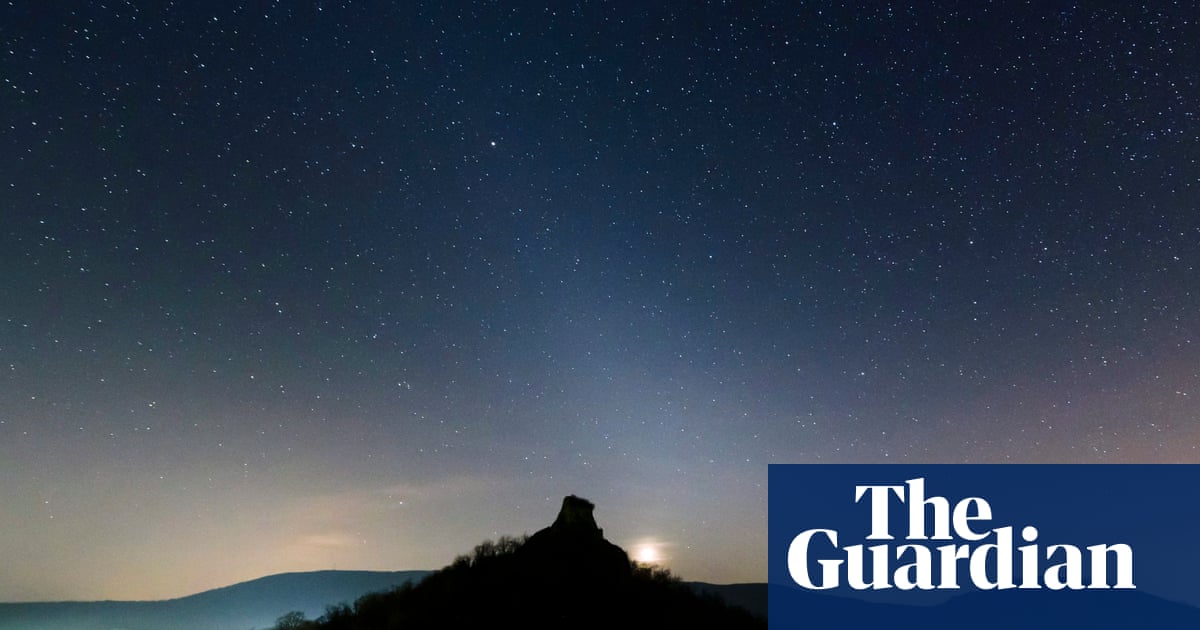This week, skywatchers can search for one of the more subtle celestial effects. The zodiacal light is the soft glow of sunlight scattered off the interplanetary dust that lies in the plane of our solar system.
The dust itself comes from comets and asteroid collisions.
Seen from Earth, the zodiacal light appears as a faint triangular glow stretching up from the horizon. In the weeks around the equinox, which took place last week, the plane of the solar system, known as the ecliptic, stretches upwards into the sky, rising steeply from the western horizon.
Choose the darkest site you can find, with a clear view of the eastern horizon and settle in about an hour before the dawn twilight begins. In practice this means starting your observation at about 4am UK time. Identify the constellations of Leo and Cancer; this is where the soft glow will appear. It will look a bit like the dawn but can be distinguished by its wedge-like appearance.
In the southern hemisphere, the situation is reversed. The zodiacal light can be seen about an hour after the sun has set, stretching up from the western horizon. A soft wedge of light will extend upwards through Virgo and Libra.

